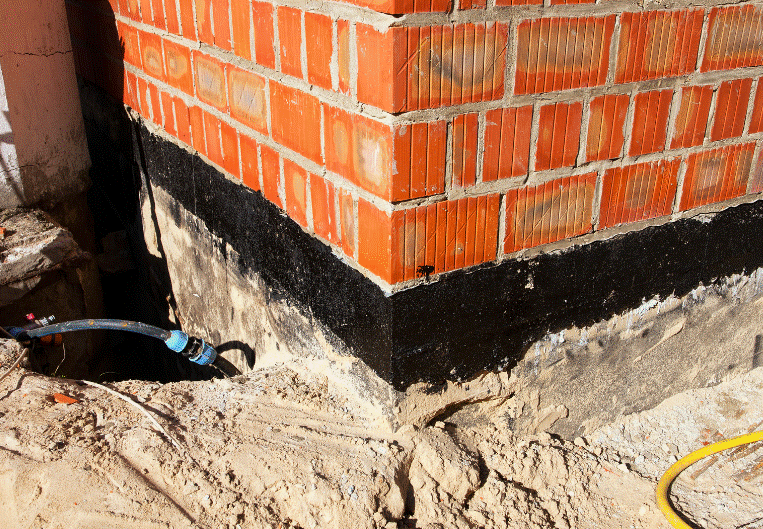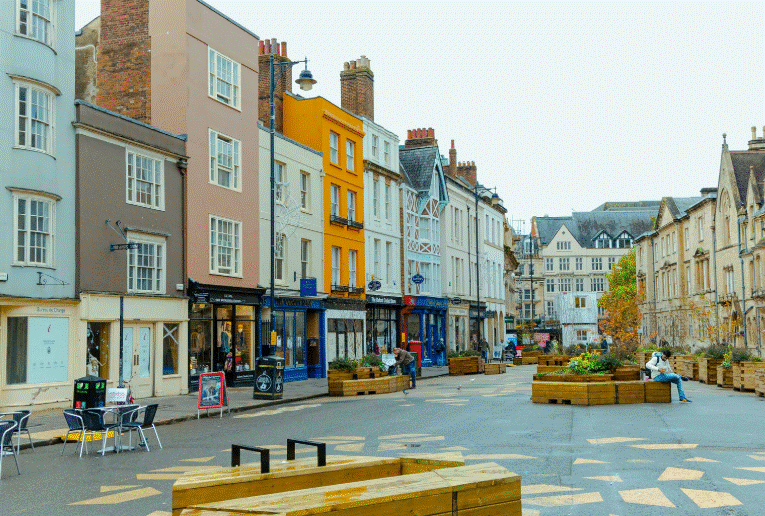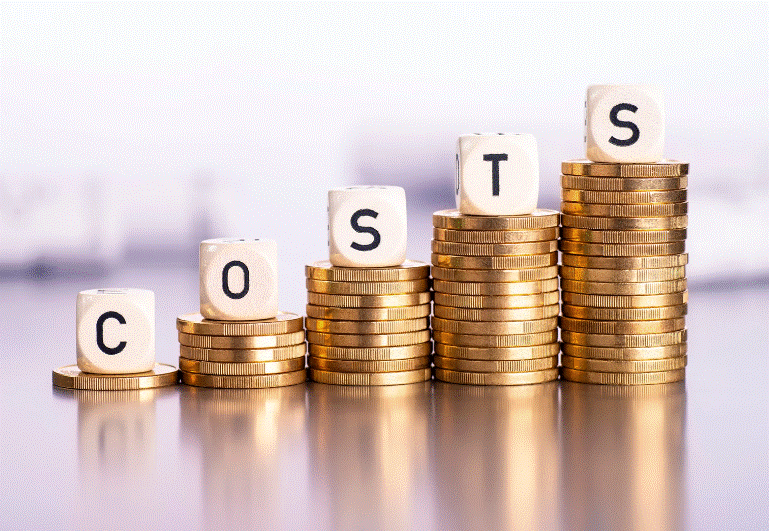New innovative technologies are changing how companies repair and lift uneven concrete foundations. These advancements are the future for fixing settled concrete areas around homes and buildings. Traditional methods of demolishing and re-pouring concrete were difficult, expensive, and caused major disruptions. The innovative lifting techniques are much easier on homeowners. Professionals use specialized equipment to pump unique materials underneath the sunken concrete, gradually raising it back into position.
Other methods involve stabilizing and leveling the concrete surface from below using sturdy brackets or piering systems. These innovative concrete lifting technologies provide efficient solutions for leveling settled sidewalks, driveways, and patios without excessive demolition.
Let's take a look at five of the top leveling technologies driving this new future in foundation repair.
Polyurethane Foam
Polyurethane foam injection is one of the most effective concrete leveling methods for repairing the foundation. The foam gets pumped as a liquid underneath the settled or tilted concrete slab, like a driveway or patio. As the foam expands and hardens, it provides a sturdy lifting force that raises the concrete back to a level position. A key advantage of polyurethane foam is its long-lasting strength and durability, making it ideal for long-term foundation repair solutions. Unlike older mudjacking techniques that can degrade over time, this foam maintains its structural integrity for many years. It doesn't get affected by moisture, soil shifts, or hot and cold temperature changes. The foam's ability to lift and solidly support the concrete helps prevent future sinking or unevenness for a long period.
Eco-Friendly Concrete
To reduce the environmental impact of concrete work, manufacturers are developing more sustainable "green" concrete technologies for leveling and foundation repair projects. Geopolymer concrete is one such eco-friendly option made from recycled industrial waste and byproduct materials instead of having to mine new raw materials like limestone. This manufacturing process significantly reduces greenhouse gas emissions and energy consumption compared to traditional concrete production. Another sustainable concrete is self-healing concrete, which can automatically seal up any cracks that may form over time as it ages by releasing special repair compounds. These greener concrete solutions allow high-quality level results while aligning with environmental goals.
Laser Leveling Precision
Advanced concrete leveling techniques now utilize extremely precise laser-guided leveling equipment combined with GPS mapping data and surveying technology for accurate foundation fixes. These lasers can detect even minuscule dips or tilt in a concrete surface to within tiny fractions of an inch. This high-precision releveling capability is crucial for large industrial buildings, warehouses, or other major structures where even a slight unlevel condition is unacceptable for repairing the foundation. Along with laser accuracy, using reinforced concrete materials also allows for an incredibly durable and long-lasting leveling repair result while minimizing any disruptive digging around the work area. For the foundation repair cost using laser leveling, you can connect with the service provider.
Smart Monitoring Concrete
An innovative new type of concrete called "smart concrete" has built-in sensors that can actually monitor the material's structural integrity over its lifetime. These smart sensors embedded within the concrete can detect any developing cracks, stress points, or areas of potential failure before they become visible issues. Some of the most advanced smart concrete can even automatically initiate self-repair by releasing chemical compounds that seal up any small internal cracks or flaws on their own through self-healing capabilities. Having this intelligent monitoring technology in the concrete leveling process itself provides an early warning system, allowing foundation issues to be addressed proactively rather than waiting for serious damage to occur first.
3D Concrete Printing
3D printing technology is revolutionizing parts of the construction industry by allowing fill-scale concrete structures and infrastructures to be rapidly manufactured through an automated layer-by-layer printing process using digital blueprints. Large 3D concrete printers can "print" out entire buildings, bridges, homes, and more at a much faster pace compared to traditional forming and pouring methods. As an added eco-friendly benefit and as a part of your home renovation project, 3D printing concrete creates far less excess material waste. While still an emerging technology, 3D printing has already been used successfully to construct various concrete infrastructure pieces and multi-story buildings globally at just a fraction of the normal construction timeline. This printing capability has significant potential for concrete leveling and foundation maintenance applications requiring fast, precise installation of customized concrete elements.
The future of repairing settled concrete foundations and lifting uneven surfaces is being driven by innovative technologies. Polyurethane foam injection, eco-friendly concrete, laser precision leveling, smart self-monitoring concrete, and 3D printing are game-changers. These advancements allow efficient, minimally disruptive solutions that provide long-lasting results. They reduce environmental impact through sustainable materials and less waste. Smart sensors enable proactive repairs before major issues occur. And 3D printing rapidly manufactures customized concrete elements on demand. As these innovative concrete lifting technologies continue advancing, they will reshape the standards and capabilities for rehabilitating foundations around residential and commercial properties moving forward.





